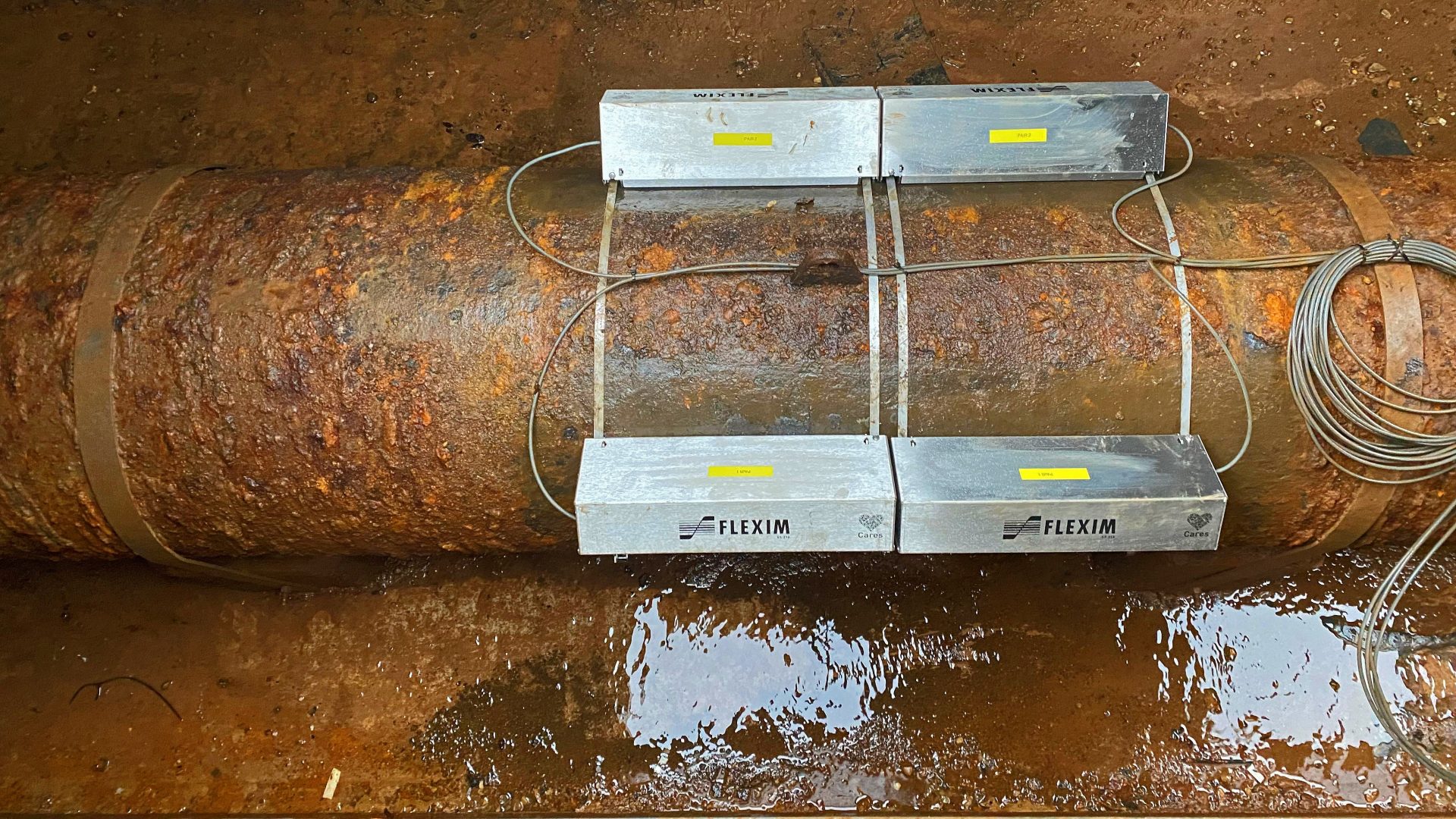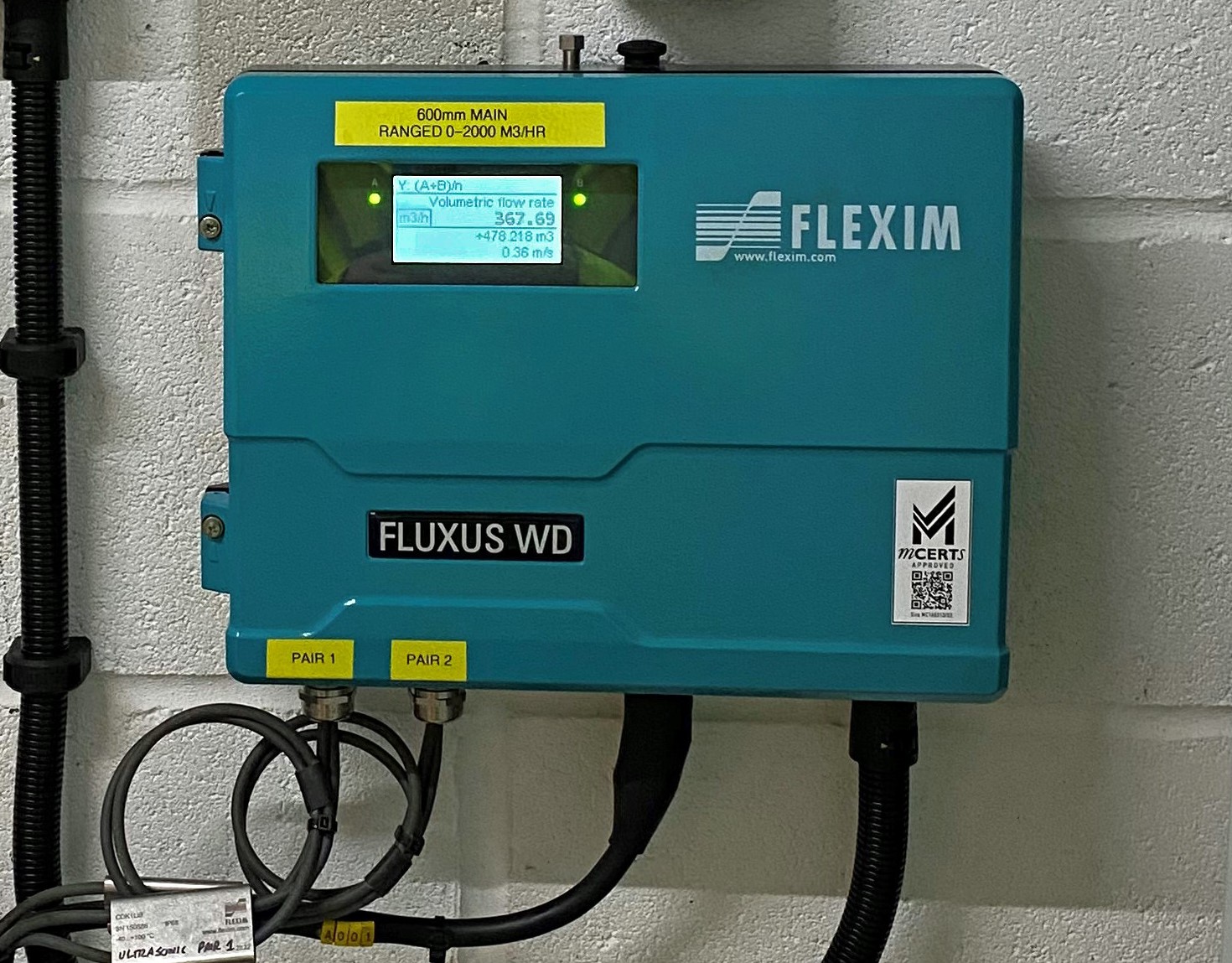According to reports in the UK press last year, UK water companies released untreated sewage into our waterways more than a thousand times a day. And data from environmental charity Surfers Against Sewage reveals that there were a staggering 320 raw sewage warnings issued in the very first week of 2023 alone.
With increasing public concern about the unacceptable amount of sewage entering our rivers and seas, the UK government is now demanding every single water and sewerage company in England has a clear plan of action on every storm outflow, particularly those that are near to where people swim or in the vicinity of valuable habitats and wildlife.
A storm overflow occurs when the capacity of a wastewater system is exceeded due to heavy rainfall, with the excess water being discharged into local watercourses. This in turn can lead to pollution and environmental damage. With extreme weather events becoming more commonplace due to climate change, the problem is only set to increase.
How can technology help?
It’s impossible to manage storm outflows if you don’t measure the flow rate. With the high performance and reliability of a clamp-on ultrasonic flowmeter, it’s possible to regain control of the situation. Providing real-time data on the flow rate of storm outflows, this valuable information can be used to monitor the amount of water flowing out of a particular area during a storm event. This is essential for managing flood risk and ensuring the safety of local residents, infrastructure and wildlife.
How do ultrasonic clamp-on flow meters work?
Using ultrasonic soundwaves to measure the flow rate of a fluid, two transducers are safely and securely fixed to the outside of the pipe with a permanent clamp-fitting. One transducer emits ultrasonic signals into the fluid and the other one receives it. Traveling through the fluid at a known speed, the flow rate is calculated by measuring the difference in time that it takes for the signal to travel with the flow and against the flow. This results in a time difference, Δt, and is directly proportional to flow rate. It’s also possible for the flowmeter to measure the speed of the fluid and the direction of flow.
A key advantage of clamp-on ultrasonic flow measurement is that it is non-invasive. There is no need to cut or modify the pipe, eliminating unnecessary downtime – installation is simple and cost-effective. And because there is no contact with the fluid being measured, there is absolutely no risk of contamination.
Swifter penalties in the pipeline
At present, any water company that illegally pollutes waters can face enforcement action from the Environment Agency. But with the prosecution process often being lengthy, the government now wants to make it quicker and easier to issue penalties for environmental damage.
All options – including £250 million as an upper limit fine are being considered. There will be a public consultation in the spring to determine an appropriately high limit that sends a clear message as a serious deterrent.
“Through the largest infrastructure programme in water history, we will tackle the problem at source, with more investment on projects like the new Thames Tideway super sewer. I am making sure that regulators have the powers they need to take action when companies don’t follow the rules, including higher penalties that are quicker and easier to enforce.” Thérèse Coffey, Environment Secretary
Non-invasive measurement allows cost-effective, real-time monitoring of storm outflows
Dynamic clamp-on flowmeter data monitoring provides a crucial early warning of overspill. This helps to prevent untimely discharges from storm water retention tanks, meaning the number of discharges into local watercourses is greatly reduced.




